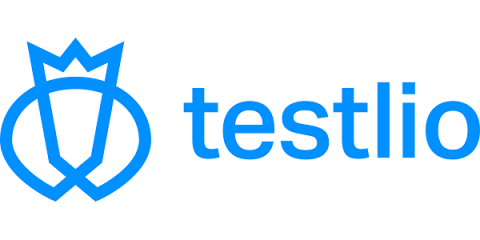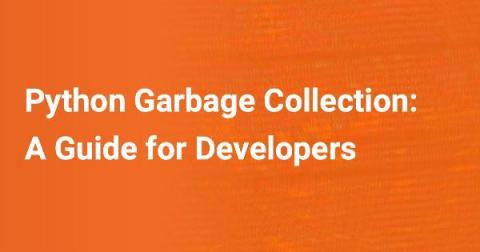The ELK Test for Software Management
Are you planning moving to data-driven software management to keep on top of your quality assurance status, your security findings and development velocity? Thinking about building it yourself using Elasticsearch, Logstash and Kibana or maybe just using your Splunk instance for this? Read more to find out why this may or may not be a good idea.











